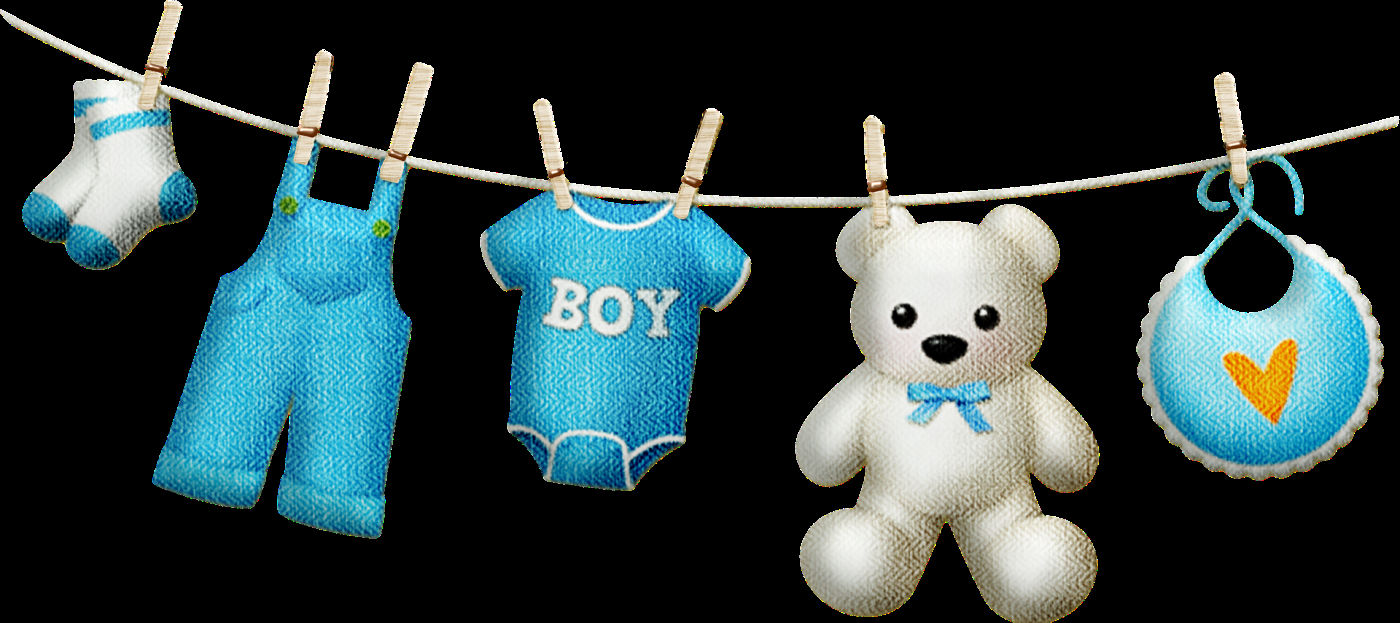
Woo's top priority is safety, Home safety, Online safety, Personal safety and of course the safety of our babies and children.
There are many other websites and books around that show the typical safety in the home ideas, the stair gates and the overhanging pan handles, but Woo tries to be a little different, pointing out dangers in the home that are not so obvious and well known.
Woo also tries to give you the information that you need to be aware of such as legal requirements regarding car seats, registration of births, along with new ideas and information aimed at making the baby safe and life easier for the new parents.
Credit to: Surgical Knowledge
Credit to: Neopress
Credit to: Today's Parent
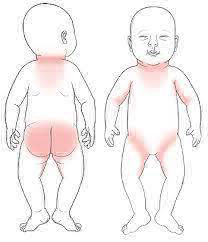
Heat exhaustion and heat stroke don’t just appear out of the blue. There are signs of heat stress, which, if left untreated, can lead to heat exhaustion and heat stroke.
The initial signs of heat stress include:
• Heat rash that doesn’t go away when the skin is cooled, called “prickly heat”. This rash looks like a red cluster of pimples or small blisters on or around the
NECK - UPPER CHEST – GROIN – ELBOW CREASES.
• Heat cramps happen as muscles and bodily systems deplete their supply of electrolytes, particularly salt and water, and as a reaction to lower blood volumes. These cramps usually occur in the ABDOMEN – LEGS – ARMS and are accompanied by MOODINESS and FUSSINESS. If a baby, toddler or young child starts showing signs of crankiness or fussiness this can be an early indication of heat stress.
• Watch for unusual erratic and repetitive behaviors, such as repeatedly standing and sitting.
If the above symptoms worsen and start to include:
• Intense thirst
• Dizziness or fainting
• Pale skin
• Rapid but weak heart rate
• Headache
• Nausea and vomiting
• Concentrated pee & decreased output (yellow/orange)
Then your child is becoming dehydrated and likely has heat exhaustion.
TREATMENT:
• IMMEDIATELY STOP ALL ACTIVITY !!!
• Remove clothing
• Move to a cool place
• Give cool water with a teaspoon of salt per quart, or sports drink. (Cold water and salt tablets can actually increase cramping symptoms.) (not for babies)
• Gently massage child’s muscles
• Elevate feet on a pillow if they will lie down
Rest and rehydration is usually enough, though some children may need more time to recover than others. Hospitalization is rarely needed.
DO call your family doctor.
Credit to: Perfect Baby Masage
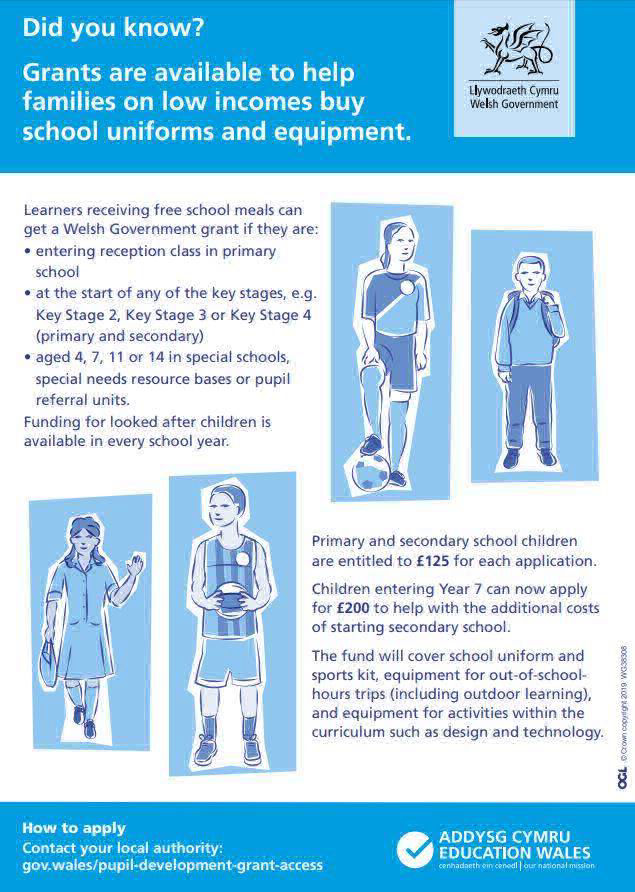
Help with Uniforms for those on low income
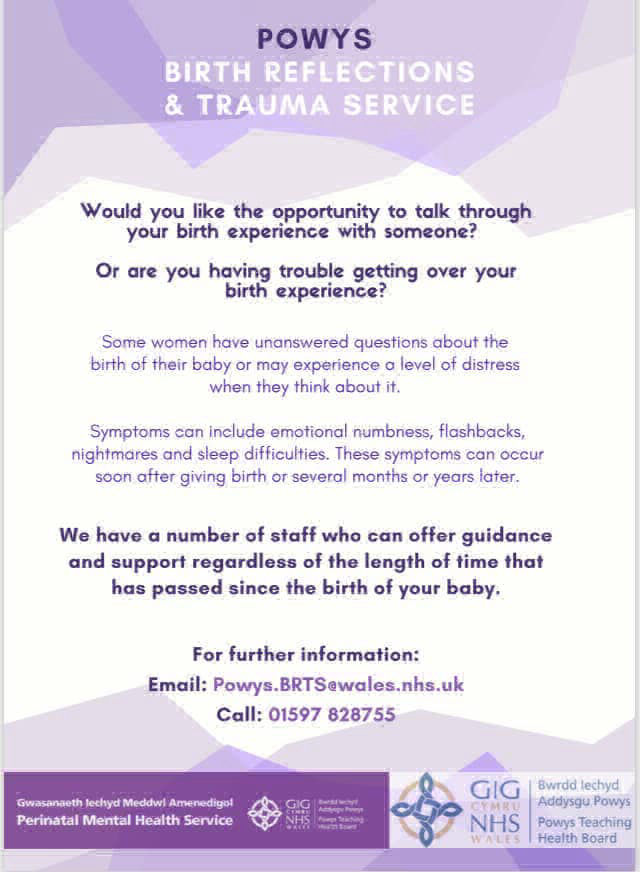
Free Guidance and Support
Credit to: Discovery
Credit to: TODAY
Threse links might help, but always seek professional medical assistance
Credit to: St. John Ambulance
Credit to: CPR Kids TV
Credit to: BRIGHT SIDE
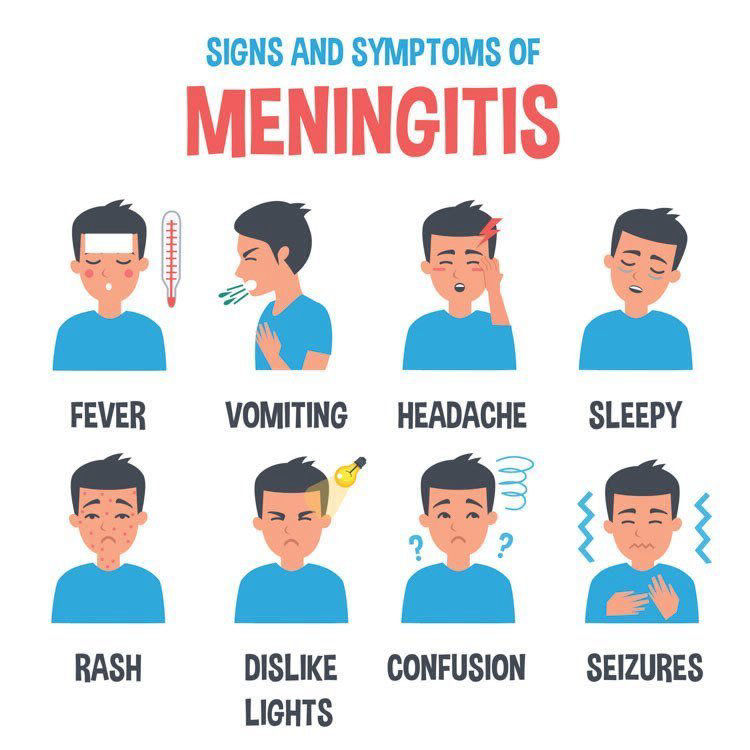
Make your own website in a few clicks! Mobirise helps you cut down development time by providing you with a flexible website editor with a drag and drop interface.
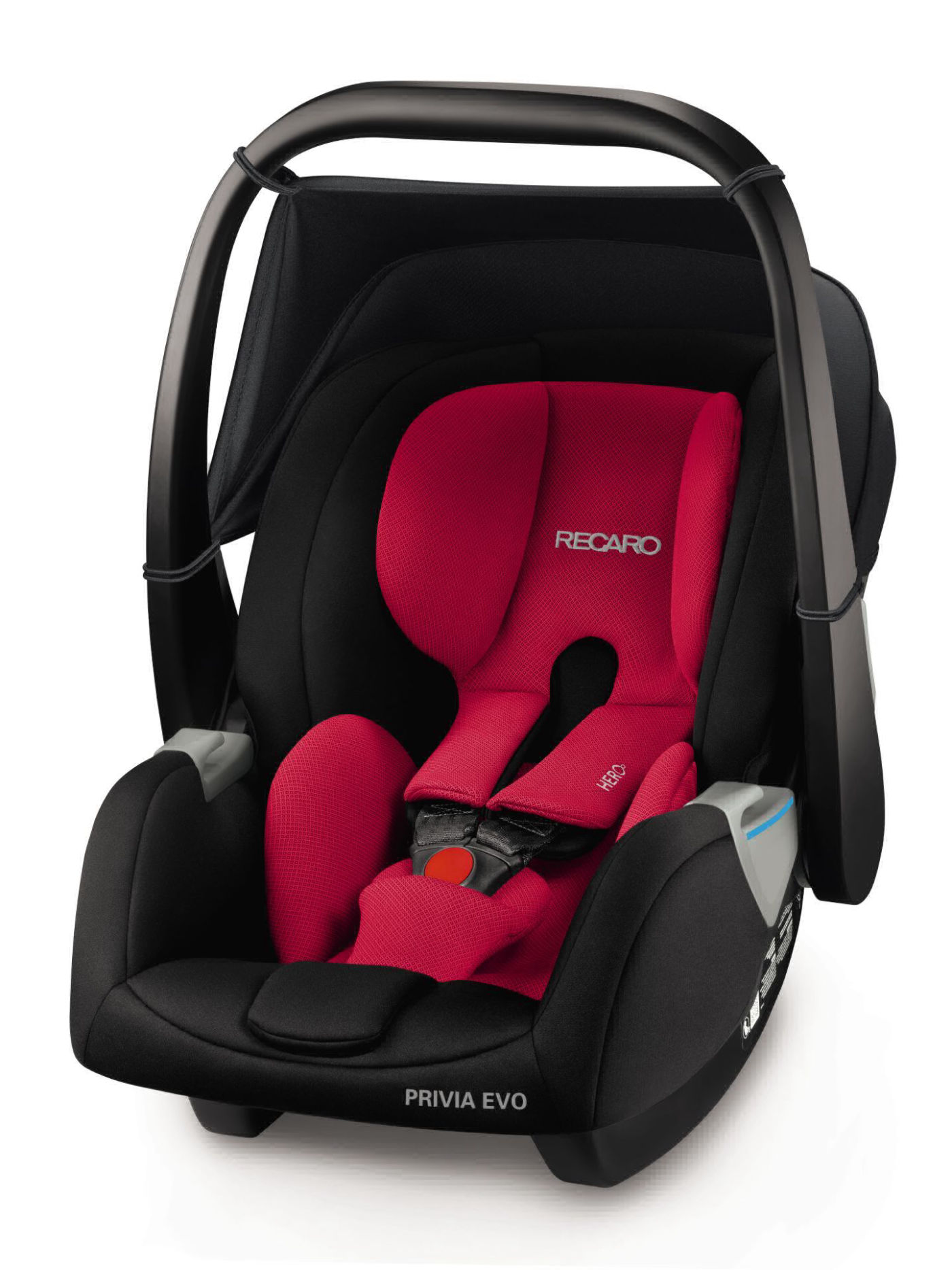
Recent new laws on transporting babies and children have been introduced and are aimed at reducing the injuries to infants in road traffic collisions. These new regulations are based around the height, weight and age of the child being transported. These new rules can sometimes be difficult to understand.
The seats themeselves have to be suitable and hold the recommended safety kitemark whilst meeting European Standards. And must be discarded after any vehicle accident the seat is carried in.
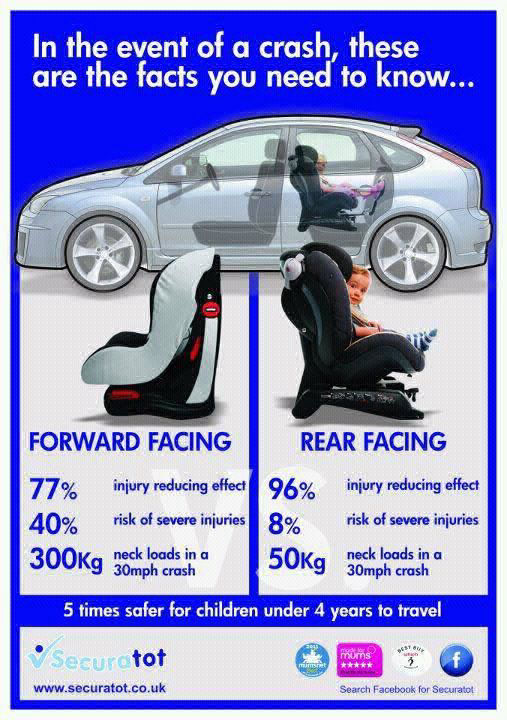
Front or rear facing?
That depends on the age and the weight of the child.
Under the new laws Children must use a rear facing seat until they reach 15 months of age. At this age their necks are stronger and a forward facing seat may be used.
Children weighing over 22kg and taller than 125cm can use a backless booster seat.
Children over the age of 12 years or who are taller than 135cm do not need to use a booster seat and can be secured with normal seat belts.
Child seats must be fitted using either an approved ISOFIX mounting, or a secured using a diagonal seat belt.
Seats can be fitted into the front of the car ONLY when any built-in Airbag system has been fully deactivated on the passenger side of the car.
Credit to: Securetot
Credit to: AutoTrader
Credit to: FilmedCoUK
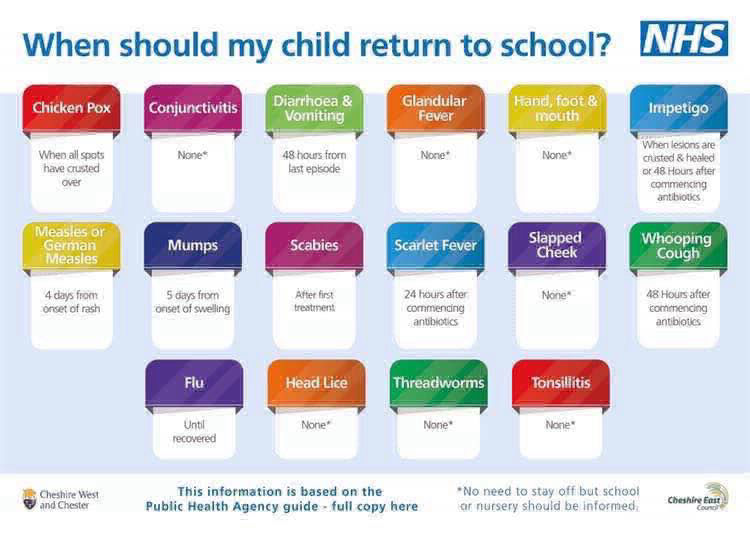
Credit to: NHS
Lily Whitemoore a Social Worker who is assigned to a non-profit organization in Alabama, approached WOO asking if the following link can be included. It explains the benefits of 'Outdoor Play' to the development of our young children.
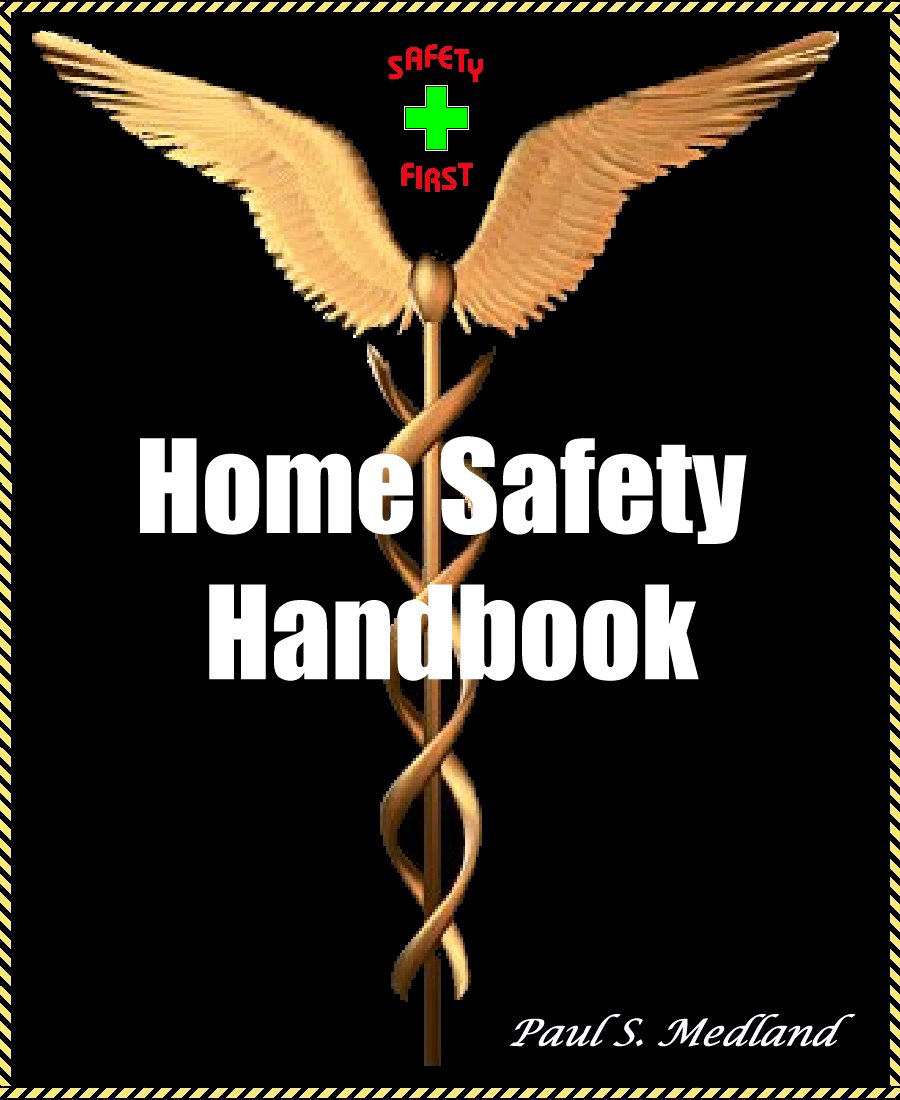
Our homes are our Castle, a place to raise our families and feel safe and secure.
BUT ARE THEY ?
Sometime it is not the place itself that causes the danger, but what we do and the way we do things inside it, we can become complacent in the belief that we are safe as it is our home, and we continue to use methods and equipment handed down to us through generations that are not suitable for the modern day.
Some of the information in this section has been taken from my book the 'Home Safety Handbook' which is available for a low price on Amazon, Smashwords and many other ebook outlets. Not only is it full of ideas on how to keep your family safe, but also includes room by room checklists you can use. For just a few pounds this book could make all the difference.
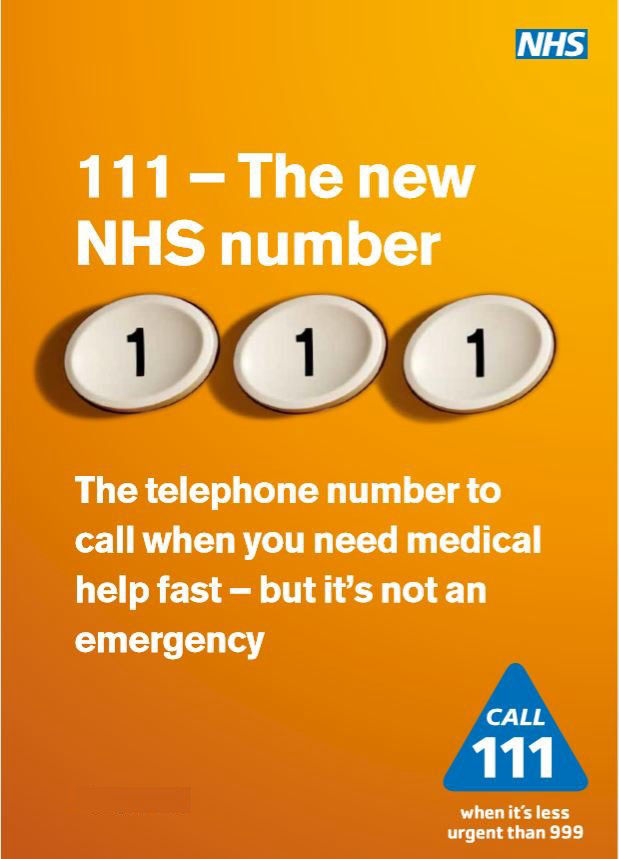
ENGLAND & WALES: Phone 111
For your own surgery telephone numbers look on the information page specific to your town